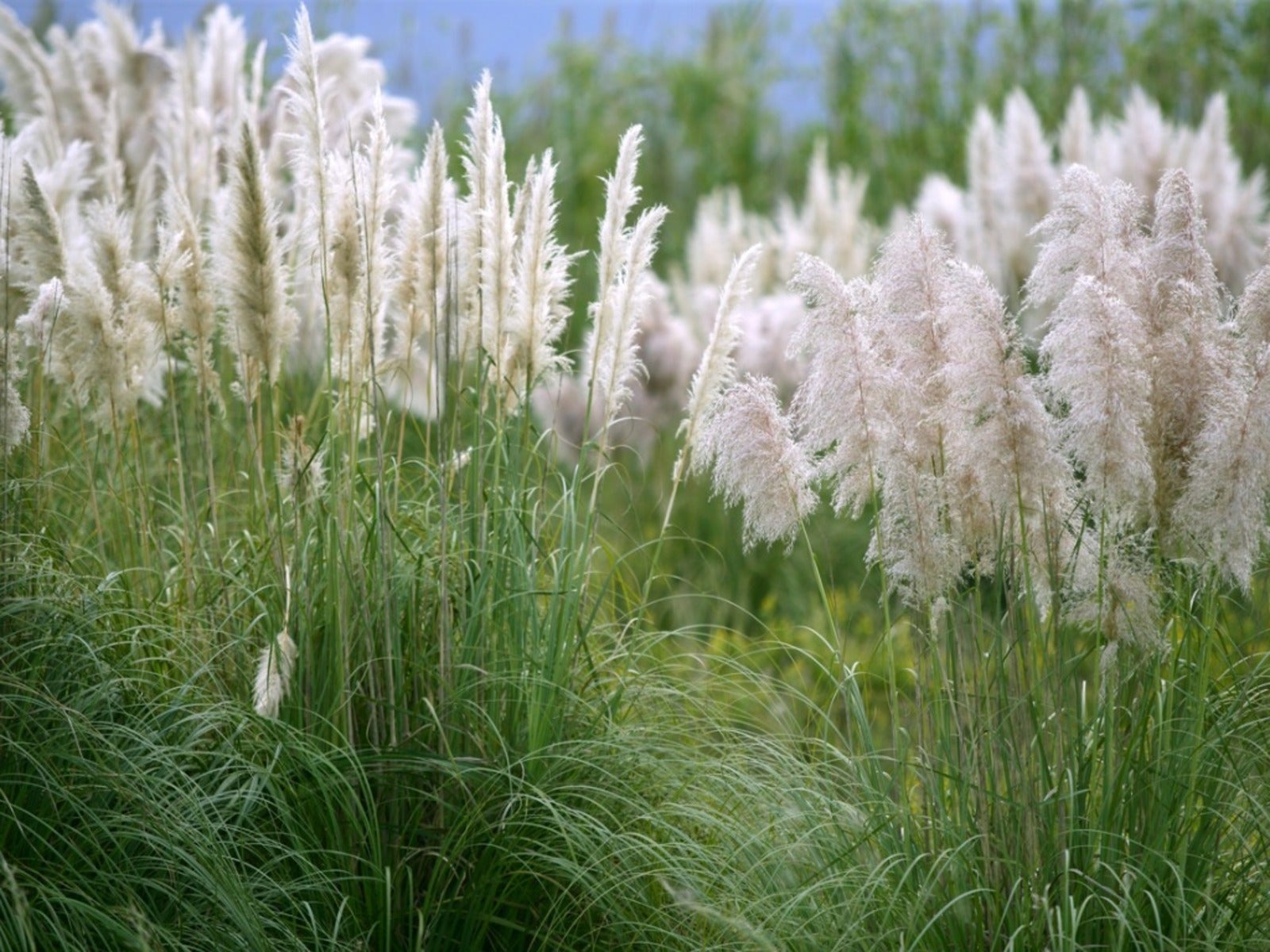
Ornamental grasses have become exceedingly popular with home gardeners and landscapers, and for good reason. There are over 10,000 species that add movement and drama, all while giving a naturalized look to the landscape. Most grasses will stay self contained, but there are some species that are quite invasive. While ornamental grasses are highly sought after, you do want to avoid invasive ornamental grass varieties. So which ornamental grasses are invasive?
About Invasive Grasses
Some grasses, usually non-native grasses that are high-seeding or those with a running habit, can become invasive.
Bamboo
A prime example of this is bamboo. Bamboo comes in two types: running and clumping. Running bamboo spreads by underground rhizomes and can be highly invasive. The rampant spread of bamboo results in the crowding out of native species, both plant and animal. It should never be planted unless it’s installed in a deep container that the rhizomes cannot escape. Interestingly, digging up this type of bamboo to control it actually contributes to its spread.
Mexican Feather Grass
An example of an ornamental grass that’s invasive due to vigorous seed production is Mexican Feather grass. Recently added to California’s list of invasive plants, beautiful Mexican Feather grass has been an incredibly popular specimen sought after for its graceful fountain-like plumes.
However, Mexican Feather grass produces more than 10,000 seeds that are dispersed by wind, water, and animal feces. These seeds remain viable for more than four years, quadrupling its invasive potential. Like bamboo, it outcompetes native plant and animal species, crowding out pasture and native grasses and spreading into urban and agricultural areas, riparian zones, disrupted land, and forests.
Is Pampas Grass Invasive?
One of the most popular ornamental grasses is Pampas grass (Cortaderia selloana). Established Pampas grass is a sight to behold – individual clumping grasses that can attain heights of about 13 feet (3.9 m) adorned with white, feather plumes.
Pampas grass is stunning, especially when massed, but is nonetheless invasive in certain areas, specifically in Australia and New Zealand and along the West coast of the United States. It spreads not through rhizomes but seed distribution.
Sign up for the Gardening Know How newsletter today and receive a free copy of our e-book "How to Grow Delicious Tomatoes".
Not all Pampas grass is created equal however. If you love the look but want to avoid the invasiveness, avoid procuring any male plants. Cortaderia selloana produces both male and female blooms on separate plants so without the males to fertilize the females, viable seeds will not be produced and shed.
Which Ornamental Grasses are Invasive?
The following is not a comprehensive list of invasive ornamental grasses. Check with your local extension office, Master Gardener hotline or state invasive plant listing before planting questionable grasses. Note that nurseries may carry invasive plants for sale, often unbeknownst to them. Also, what is considered invasive in one area may not be in another so, again, the best bet is to do your research and check with the above organizations before purchasing or planting ornamental grasses. Invasive ornamental grasses include the following species:
- Cheatgrass
- Chinese Silver grass
- Cogon grass, Fountain grasses
- Giant reed
- Glyceria maxima
- Japanese stiltgrass
- Johnson grass
- Phragmites australis (Common Reed)
- Reed Canary or Ribbon grass
- Tripidium ravennae (hardy Pampas grass) are all invasive grasses

Amy Grant has been gardening for 30 years and writing for 15. A professional chef and caterer, Amy's area of expertise is culinary gardening.
